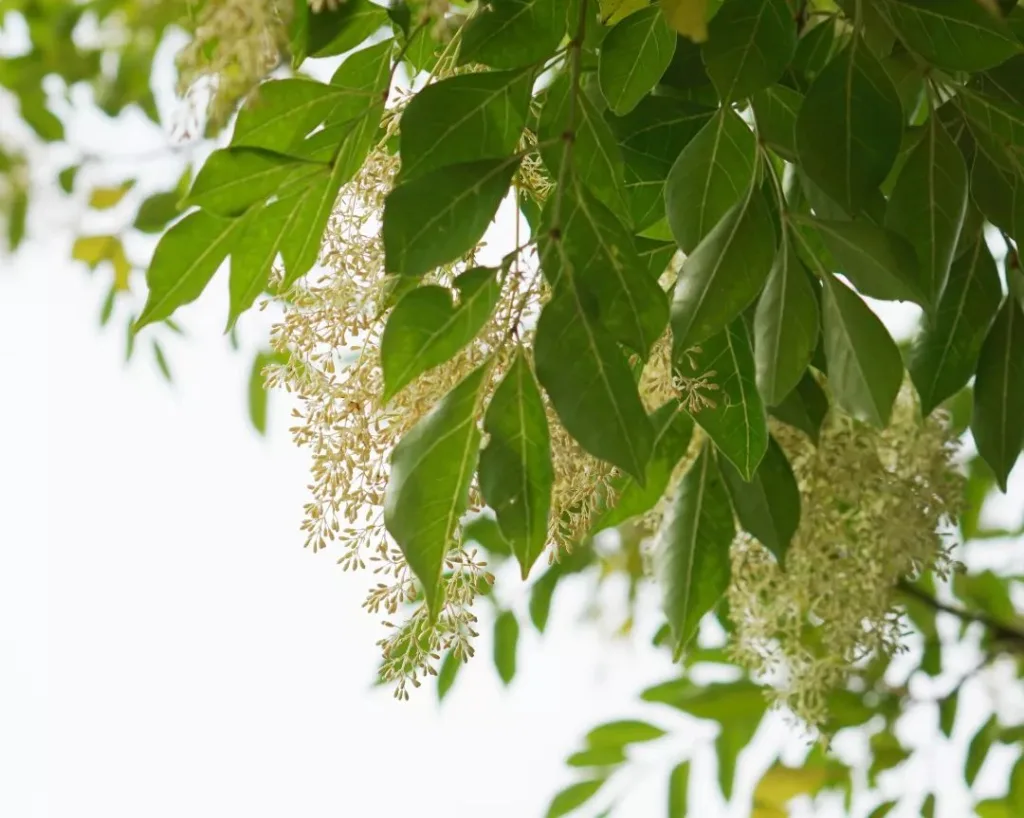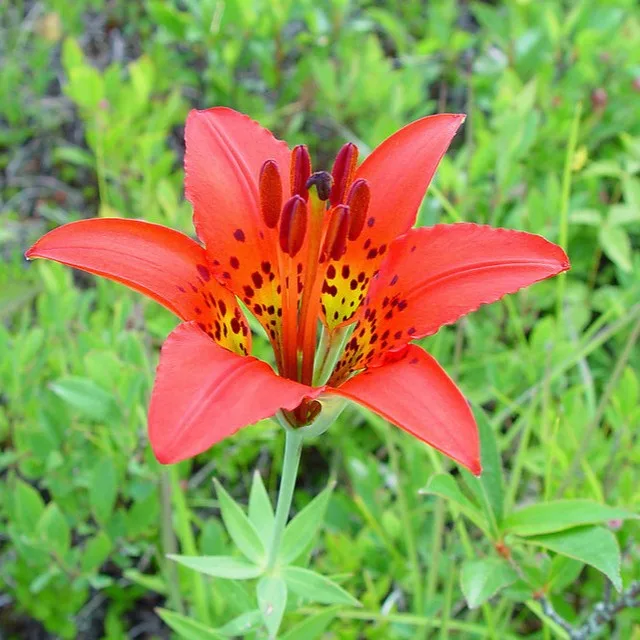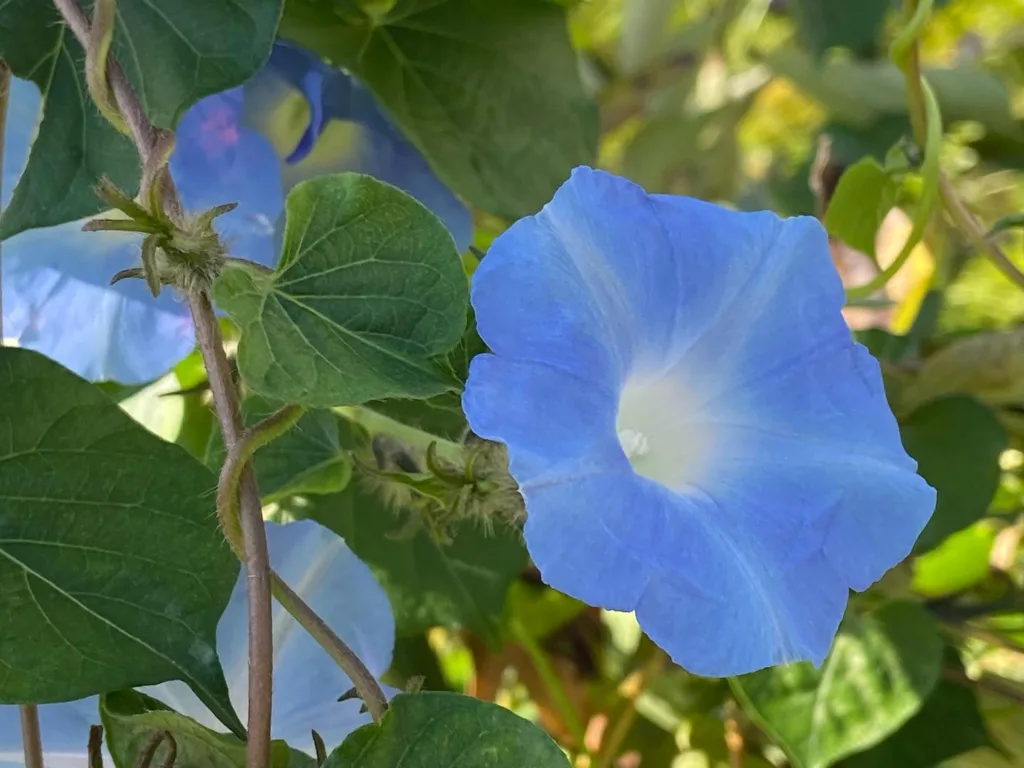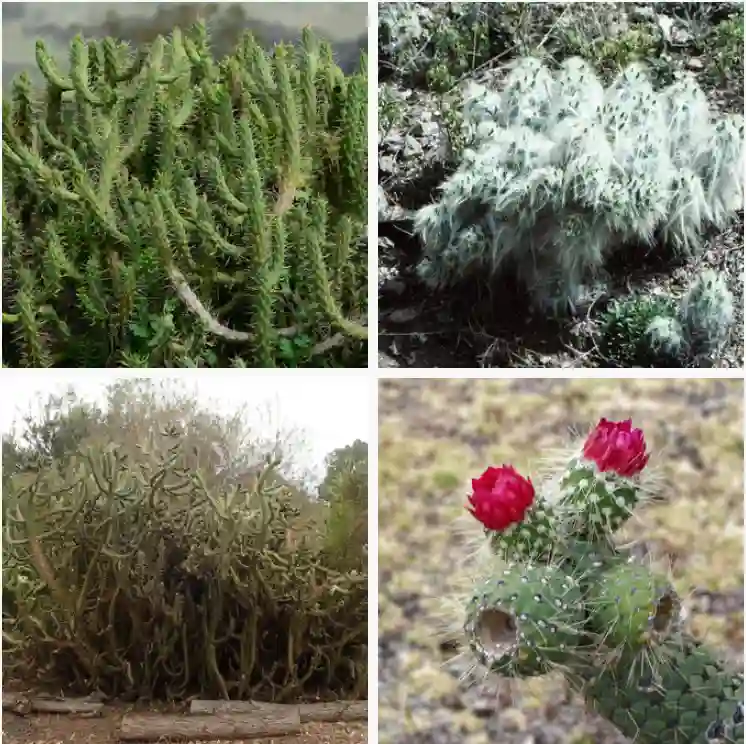Abutilon Palmeri: A Resilient Beauty for Your Garden
I’m Ferb Vu, and I’m here to answer your questions about the Abutilon palmeri, a captivating plant native to the Southwestern United States and northwestern Mexico. Often called Palmer’s hibiscus, superstition mallow, or Palmer’s Indian mallow, this shrub is a true survivor, thriving in the harsh realities of the Sonoran Desert.
178 Species in Genus Abutilon
What Makes Abutilon Palmeri Special?
- Desert Dweller: Unlike many flowering plants, Abutilon palmeri isn’t fazed by heat and dryness. Its velvety, heart-shaped leaves boast a grayish-green hue, minimizing water loss through transpiration. This adaptation allows it to flourish in arid environments where most plants struggle.
- Year-Round Blooms: One of the most captivating aspects of this shrub is its extended blooming season. From spring to fall, and sometimes even into winter in warmer climates, Abutilon palmeri produces a profusion of vibrant yellow to orange, cup-shaped flowers. These cheerful blossoms bring a touch of life to any landscape.
- Low-Maintenance Charmer: If you’re looking for a plant that thrives with minimal fuss, Abutilon palmeri is an excellent choice. It’s a low-maintenance wonder, requiring infrequent watering and minimal fertilizer. This makes it ideal for busy gardeners or those living in regions with water restrictions.
- Wildlife Magnet: The nectar-rich flowers of Abutilon palmeri are a beacon for butterflies, hummingbirds, and other pollinators. Planting this shrub in your garden not only adds beauty but also supports the local ecosystem by providing a valuable food source for these fascinating creatures.
How to plant and care for Abutilon Palmeri?
- Sun Seeker: This desert native thrives in full sun. Choose a location in your garden that receives at least 6-8 hours of direct sunlight daily for optimal growth and flowering.
- Well-Drained Soil: Abutilon palmeri is susceptible to root rot in waterlogged conditions. Ensure your planting site has well-draining soil. Amending clay-heavy soil with sand or perlite can improve drainage.
- Watering Wisely: Water deeply when the soil feels dry to the touch, allowing it to dry out completely between waterings. Avoid overwatering, as this can damage the roots.
- Feeding Time: While Abutilon palmeri isn’t a heavy feeder, a light application of balanced fertilizer during the growing season can encourage vibrant blooms.
- Pruning for Perfection: Regular pruning can help maintain the shrub’s shape and encourage bushier growth. Prune lightly after flowering to remove spent blooms and promote new growth.
Abutilon Palmeri vs. Hibiscus: Close Cousins, Different Needs
Abutilon palmeri is often referred to as “Palmer’s hibiscus,” and while they share some similarities, these plants have distinct characteristics and care requirements. Here’s a quick comparison:
- Origin: True hibiscus (Hibiscus rosa-sinensis) originates in tropical and subtropical regions of Asia. Abutilon palmeri, on the other hand, is a desert native.
- Sun Preference: Hibiscus prefers partial shade, especially in hot climates. Abutilon palmeri thrives in full sun.
- Water Needs: Hibiscus requires consistent moisture, while Abutilon palmeri is drought-tolerant.
- Cold Tolerance: Hibiscus is not frost-tolerant. Abutilon palmeri can withstand light frosts.
Incorporating Abutilon Palmeri into Your Landscape
This versatile shrub can be a valuable addition to various garden styles:
- Xeriscaping: With its low water needs, Abutilon palmeri is a perfect choice for water-wise gardens.
- Butterfly Gardens: The vibrant flowers attract butterflies, creating a captivating display of color and life.
- Wildlife Gardens: Not only butterflies but also hummingbirds and other pollinators benefit from the nectar-rich blooms.
- Native Plant Gardens: For those wanting to create a habitat-friendly space, Abutilon palmeri supports local wildlife and provides a sense of place.
- Containers: This adaptable shrub can also thrive in containers, adding a touch of desert beauty to patios, balconies, or porches.
By following these simple tips, you can cultivate a thriving Abutilon palmeri in your garden, enjoying its captivating blooms and attracting fascinating pollinators for years to come.
If i die, water my plants!



